Home>Home Appliances>Kitchen Appliances>How To Dehydrate Jalapenos Without A Dehydrator
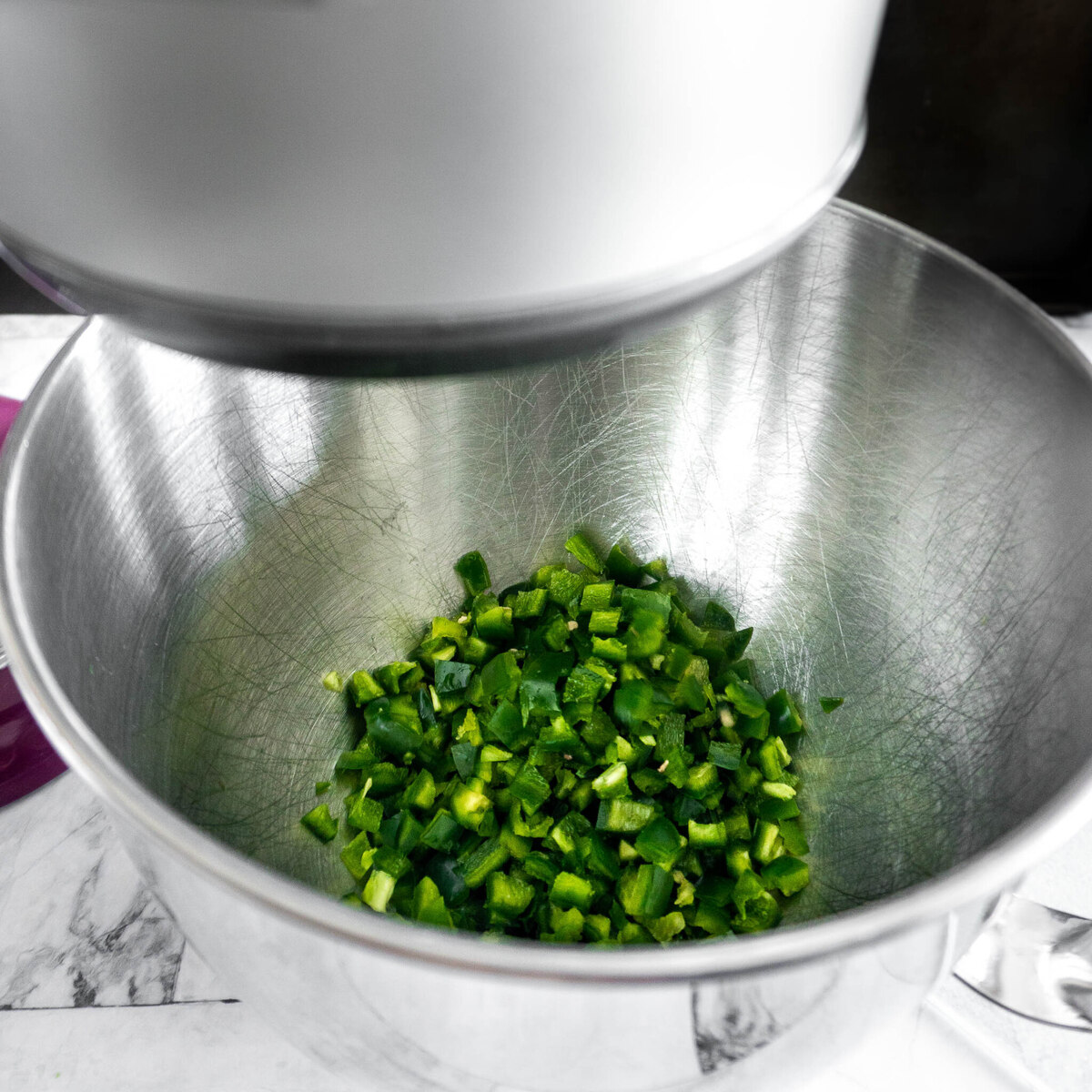

Kitchen Appliances
How To Dehydrate Jalapenos Without A Dehydrator
Published: January 6, 2024
Learn how to dehydrate jalapenos in your kitchen without a dehydrator. Discover easy methods to preserve your harvest using common kitchen appliances.
(Many of the links in this article redirect to a specific reviewed product. Your purchase of these products through affiliate links helps to generate commission for Storables.com, at no extra cost. Learn more)
Introduction
Welcome to the world of dehydrating jalapenos without a dehydrator! If you're a fan of spicy foods or simply love experimenting with flavors in the kitchen, learning how to dehydrate jalapenos can open up a world of culinary possibilities. Whether you want to preserve an abundant harvest of jalapenos from your garden or simply enjoy the convenience of having this versatile ingredient on hand year-round, dehydrating jalapenos is a rewarding and straightforward process.
In this guide, we will explore the step-by-step process of dehydrating jalapenos using a common kitchen appliance—the oven. You'll discover how to select the best jalapenos for dehydrating, prepare them for the dehydration process, and store the dehydrated jalapenos for future use. By the end of this journey, you'll have a newfound appreciation for the art of preserving and enhancing the flavor of jalapenos without the need for specialized equipment.
So, roll up your sleeves, put on your apron, and get ready to embark on a flavorful adventure as we delve into the delightful world of dehydrating jalapenos without a dehydrator. Let's dive in and uncover the secrets of transforming fresh jalapenos into delectably preserved culinary treasures!
Key Takeaways:
- Dehydrating jalapenos in the oven is a simple way to preserve their intense flavor and heat, making them a versatile ingredient for a wide range of dishes.
- By dehydrating jalapenos, you can extend their shelf life, reduce food waste, and explore creative culinary uses, all while embracing sustainable food preservation practices.
Read more: How To Dehydrate Corn Without A Dehydrator
Choosing the Right Jalapenos
When it comes to dehydrating jalapenos, selecting the right peppers is the first step towards ensuring a successful and flavorful outcome. Whether you’re harvesting jalapenos from your garden or picking them up from the local market, here are some essential tips for choosing the best jalapenos for dehydration:
- Opt for Freshness: Look for firm, smooth-skinned jalapenos with vibrant green coloration. Avoid peppers that are soft, wrinkled, or discolored, as these may indicate age or deterioration.
- Consider the Heat Level: If you prefer milder heat, choose jalapenos with smooth, rounded skin, as these tend to be less spicy. Conversely, if you crave intense heat, opt for peppers with striations or corking on the skin, as these often indicate a higher level of spiciness.
- Uniform Size: Select jalapenos that are similar in size to ensure consistent dehydration. This will help achieve uniform drying times and prevent smaller peppers from becoming overly dried while larger ones are still in the process.
- Inspect for Blemishes: Examine the jalapenos closely for any blemishes, bruises, or signs of decay. Choosing flawless peppers will contribute to the quality and appearance of the dehydrated end product.
By carefully choosing fresh, high-quality jalapenos, you set the stage for a successful dehydration process, ensuring that the resulting dehydrated peppers possess optimal flavor, color, and texture. Once you’ve selected the perfect jalapenos, it’s time to prepare them for the dehydration journey.
Preparing the Jalapenos
Before diving into the dehydrating process, it’s essential to prepare the jalapenos properly to ensure optimal results. Follow these steps to get your peppers ready for dehydration:
- Wash and Dry: Begin by thoroughly washing the jalapenos under running water to remove any dirt, debris, or pesticide residue. Once cleaned, pat them dry with a paper towel to remove excess moisture.
- Wear Gloves: Handling jalapenos can lead to skin irritation or discomfort due to their natural oils. Consider wearing gloves to protect your hands during the preparation process.
- Remove Stems: Using a sharp knife, carefully remove the stems from the jalapenos. This step ensures that the peppers dehydrate evenly and allows for easier slicing or dicing, depending on your preference.
- Slice or Dice: Decide whether you want to dehydrate the jalapenos whole, sliced, or diced based on your intended culinary applications. Slicing the jalapenos into uniform rounds or dicing them into small pieces can expedite the dehydration process and provide greater versatility in using the dehydrated peppers.
- Seed Removal (Optional): If you prefer milder heat or want to customize the spiciness of the dehydrated jalapenos, consider removing the seeds and inner membranes. This step can reduce the pepper’s heat level while retaining its distinctive flavor.
By meticulously preparing the jalapenos, you set the stage for a seamless dehydration process and ensure that the resulting dehydrated peppers maintain their vibrant color, robust flavor, and appealing texture. With the jalapenos prepped and ready, it’s time to embark on the next phase: dehydrating the peppers using your oven.
Spread the sliced jalapenos on a baking sheet and place them in the oven at the lowest temperature (usually around 170°F) for 4-6 hours, or until they are dried to your desired consistency.
Dehydrating the Jalapenos in the Oven
While a dehydrator is the conventional tool for dehydrating fruits and vegetables, you can achieve excellent results using a standard kitchen oven. Follow these simple steps to dehydrate jalapenos in the oven:
- Preheat the Oven: Start by preheating your oven to its lowest setting, typically around 140-150°F (60-65°C). This gentle heat will facilitate the dehydration process without cooking the jalapenos.
- Arrange the Jalapenos: Place the prepared jalapenos on a baking sheet in a single layer, ensuring that they are not overcrowded. This allows for adequate air circulation, promoting even dehydration.
- Monitor the Dehydration: Place the baking sheet in the oven and prop the oven door open slightly with a wooden spoon to allow moisture to escape. Regularly check the jalapenos and rotate the baking sheet if necessary to ensure uniform drying.
- Patience is Key: Depending on the size and moisture content of the jalapenos, dehydration can take anywhere from 4 to 8 hours. Exercise patience and vigilance, as the goal is to achieve a leathery, pliable texture in the dehydrated peppers.
- Perform a Test: To ensure that the jalapenos are adequately dehydrated, remove a sample piece from the oven and allow it to cool. It should feel dry to the touch and leathery, indicating that the dehydration process is complete.
By employing your oven’s gentle heat and diligently monitoring the dehydration progress, you can transform fresh jalapenos into dehydrated gems bursting with concentrated flavor and versatility. Once the jalapenos have reached the desired level of dehydration, it’s time to move on to the final phase: storing the dehydrated peppers for future culinary endeavors.
Storing the Dehydrated Jalapenos
Preserving the dehydrated jalapenos properly is crucial to maintaining their flavor, quality, and shelf life. Follow these steps to store your dehydrated jalapenos effectively:
- Cooling and Conditioning: Once the jalapenos are fully dehydrated and removed from the oven, allow them to cool completely at room temperature. This cooling period helps to equalize the moisture content within the peppers.
- Check for Proper Dehydration: Before storing, ensure that the dehydrated jalapenos exhibit a consistent leathery texture and are devoid of any residual moisture. Any signs of flexibility or moisture indicate the need for further dehydration.
- Utilize Airtight Containers: Transfer the cooled dehydrated jalapenos to clean, dry, airtight containers such as glass jars or resealable plastic bags. Properly sealed containers protect the peppers from exposure to moisture and air, preserving their quality over time.
- Labeling and Dating: To stay organized and informed, label each container with the contents and the date of dehydration. This simple practice ensures that you can easily identify and rotate your stock of dehydrated jalapenos.
- Storage Conditions: Store the containers of dehydrated jalapenos in a cool, dark, and dry environment, such as a pantry or cupboard. Shielding the peppers from direct sunlight and humidity helps prolong their shelf life and preserves their intense flavor.
- Rehydration Consideration: If you plan to rehydrate the jalapenos for specific recipes, consider storing them in smaller portions to facilitate convenient usage without exposing the entire supply to air and moisture repeatedly.
By following these storage guidelines, you can ensure that your dehydrated jalapenos remain potent and flavorful for an extended period, ready to infuse your culinary creations with a delightful kick of heat and rich, smoky undertones. With the dehydrated jalapenos safely stowed away, you are well-equipped to elevate a wide array of dishes with their intense flavor and versatile application.
Read more: How To Dehydrate Eggs Without A Dehydrator
Conclusion
Congratulations on mastering the art of dehydrating jalapenos without a dehydrator! By embarking on this flavorful journey, you’ve gained the knowledge and skills to transform fresh jalapenos into delectably preserved culinary treasures using a common kitchen appliance—the oven. As you reflect on this experience, consider the following key takeaways:
- Flavorful Versatility: Dehydrated jalapenos offer a convenient and versatile way to incorporate intense heat and smoky flavor into an array of dishes, including salsas, soups, stews, marinades, and more.
- Preservation and Accessibility: By dehydrating jalapenos, you can extend their shelf life and ensure a readily available supply of this beloved ingredient, whether for your own culinary endeavors or as thoughtful homemade gifts.
- Culinary Exploration: The process of dehydrating jalapenos opens the door to creative experimentation, allowing you to customize the spice level and explore innovative uses for these concentrated flavor bombs.
- Sustainable Practices: Dehydrating excess jalapenos from your garden or purchasing them in bulk reduces food waste and supports sustainable food preservation practices, aligning with eco-conscious culinary habits.
As you savor the fruits of your labor, consider the myriad ways in which dehydrated jalapenos can elevate your culinary creations, adding depth, complexity, and a tantalizing heat that ignites the taste buds. Whether you’re infusing oils, crafting spice blends, or embellishing your favorite dishes with a fiery kick, the dehydrated jalapenos you’ve created will undoubtedly leave a lasting impression on your culinary repertoire.
So, embrace the art of dehydrating jalapenos as a gateway to culinary exploration and a testament to your passion for flavor. With your newfound expertise, you are poised to embark on a flavorful journey, enriching your culinary creations with the intense heat and smoky allure of dehydrated jalapenos. Here’s to the vibrant world of dehydrated delights and the endless culinary possibilities that await!
Frequently Asked Questions about How To Dehydrate Jalapenos Without A Dehydrator
Was this page helpful?
At Storables.com, we guarantee accurate and reliable information. Our content, validated by Expert Board Contributors, is crafted following stringent Editorial Policies. We're committed to providing you with well-researched, expert-backed insights for all your informational needs.
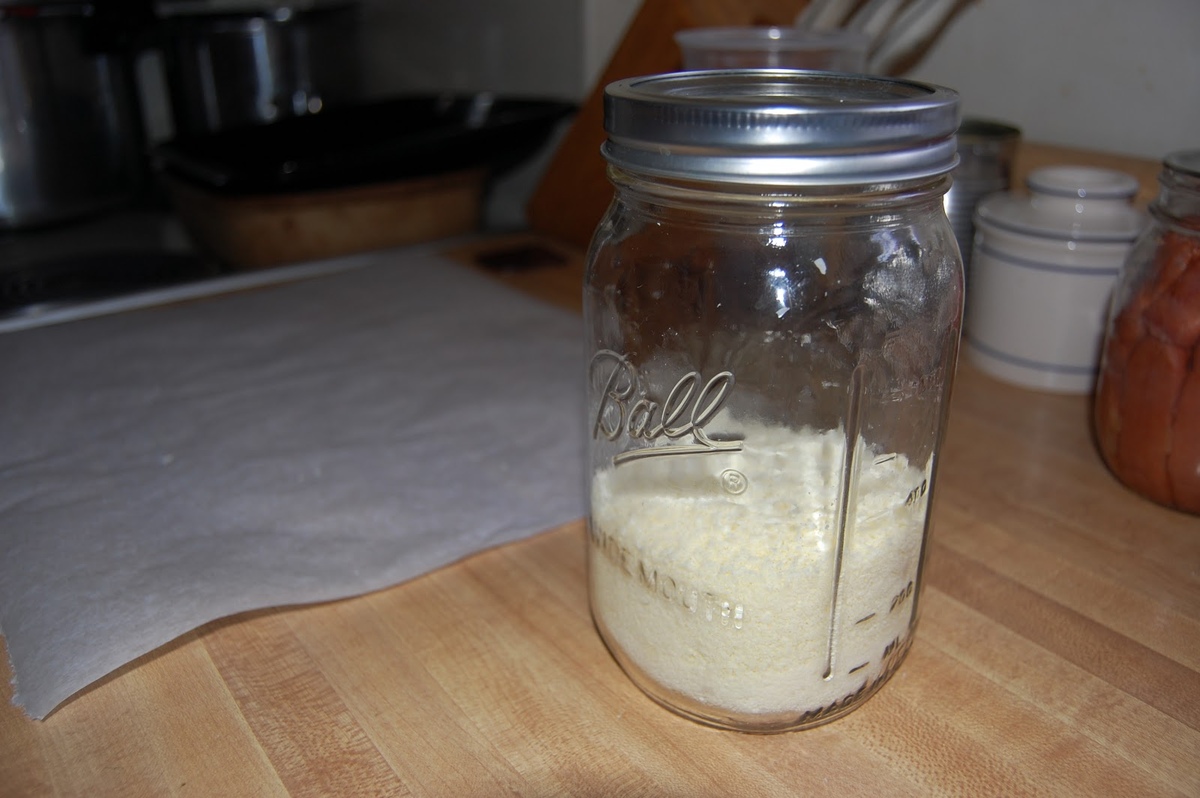
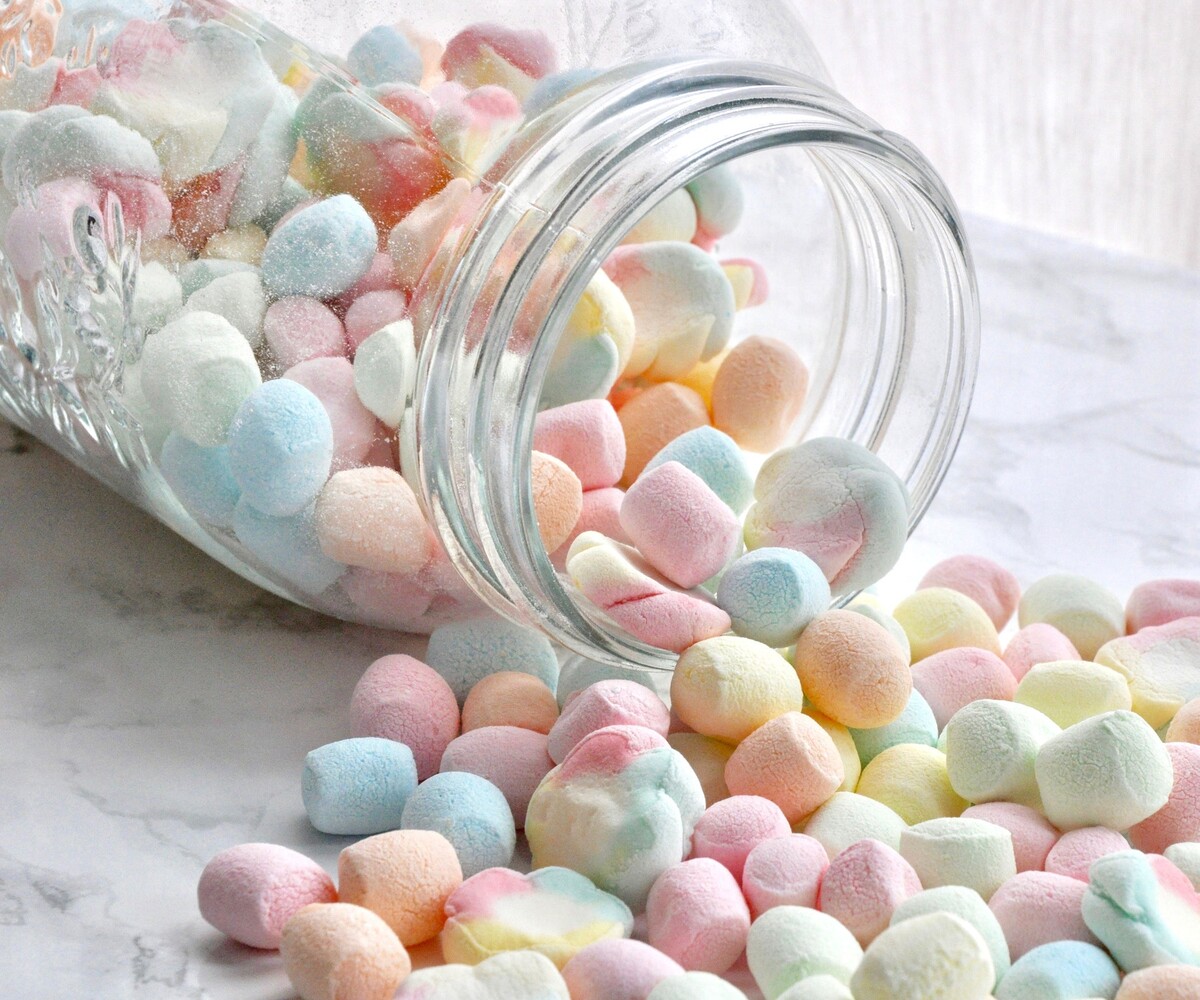
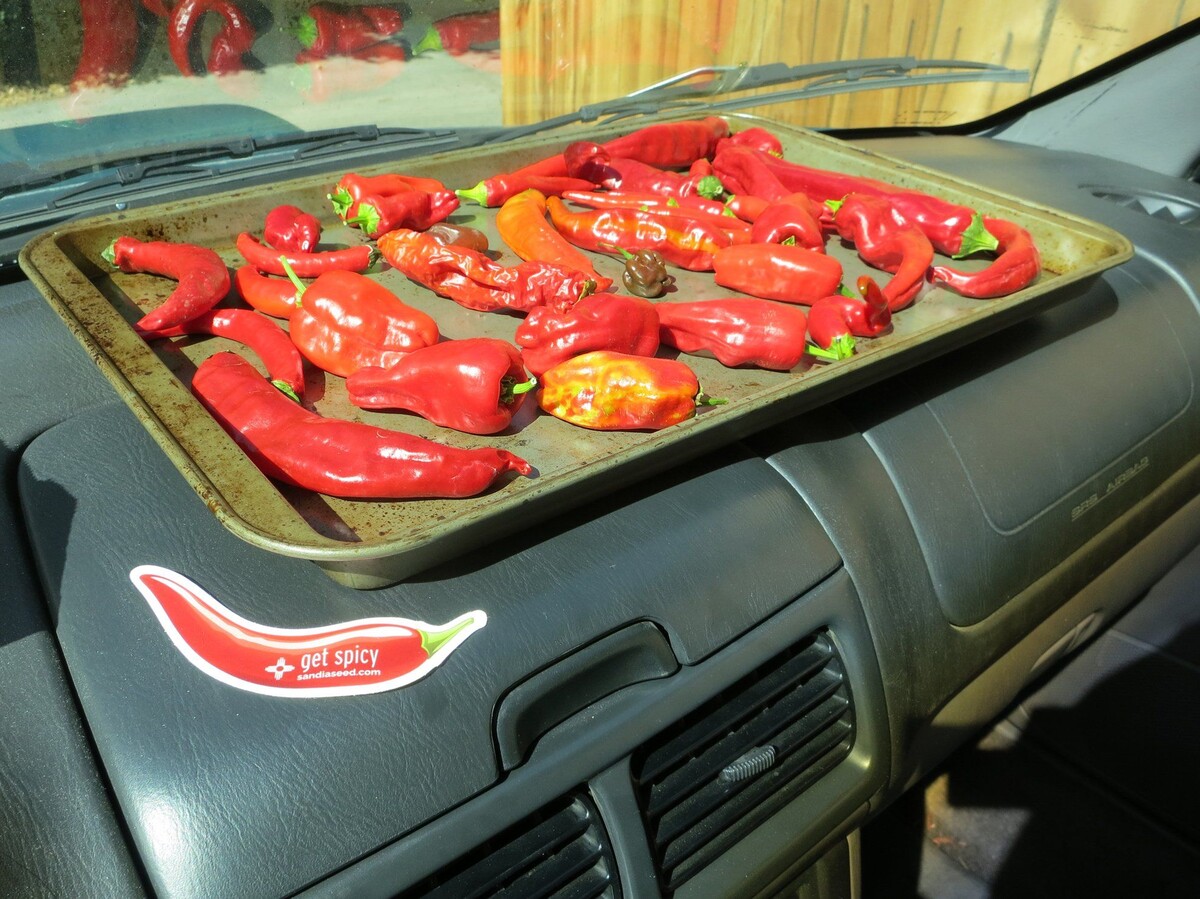
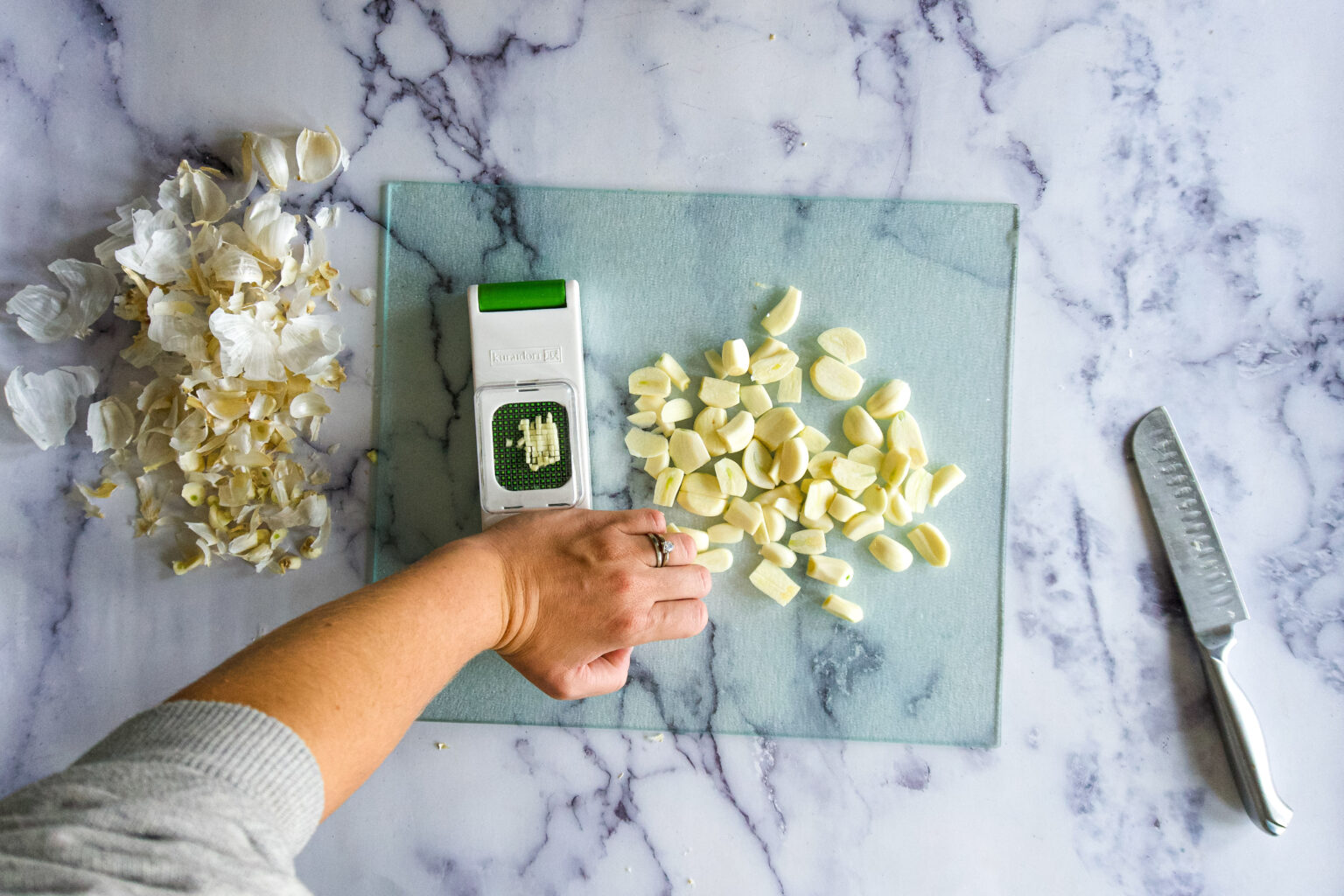
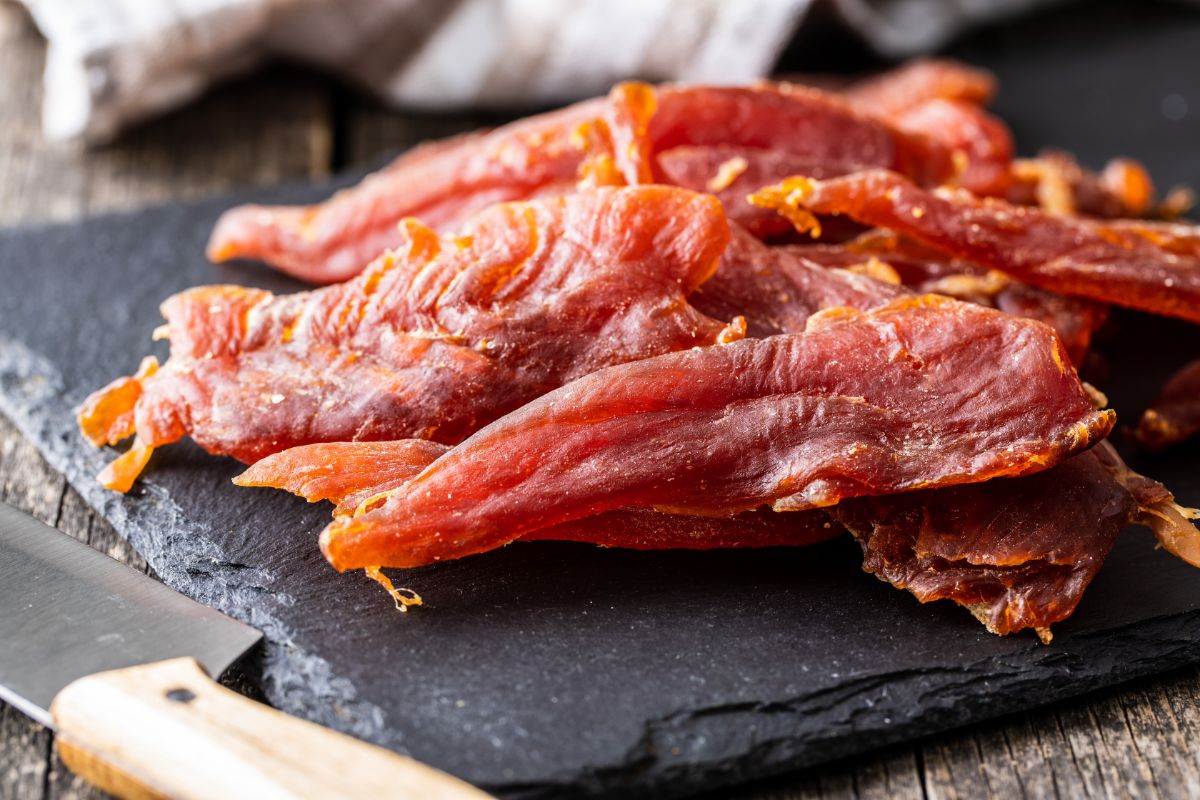
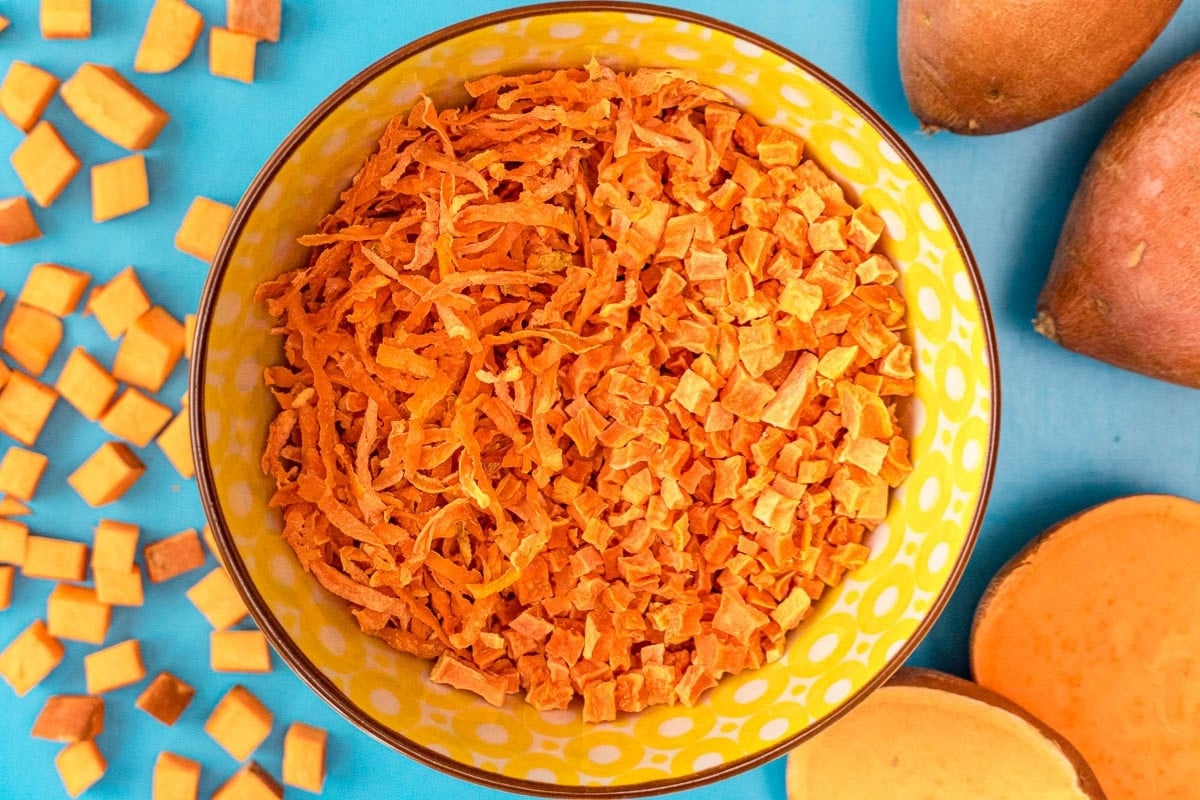
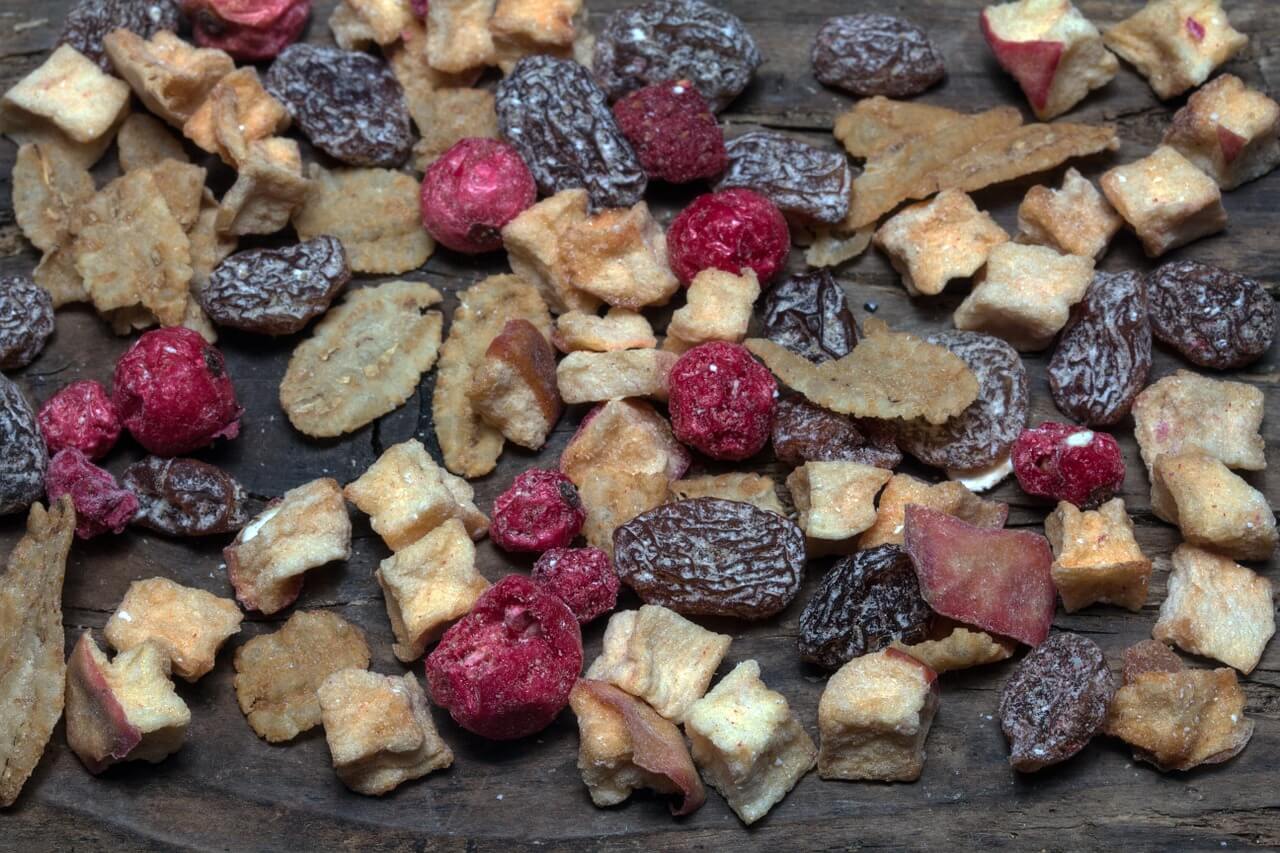
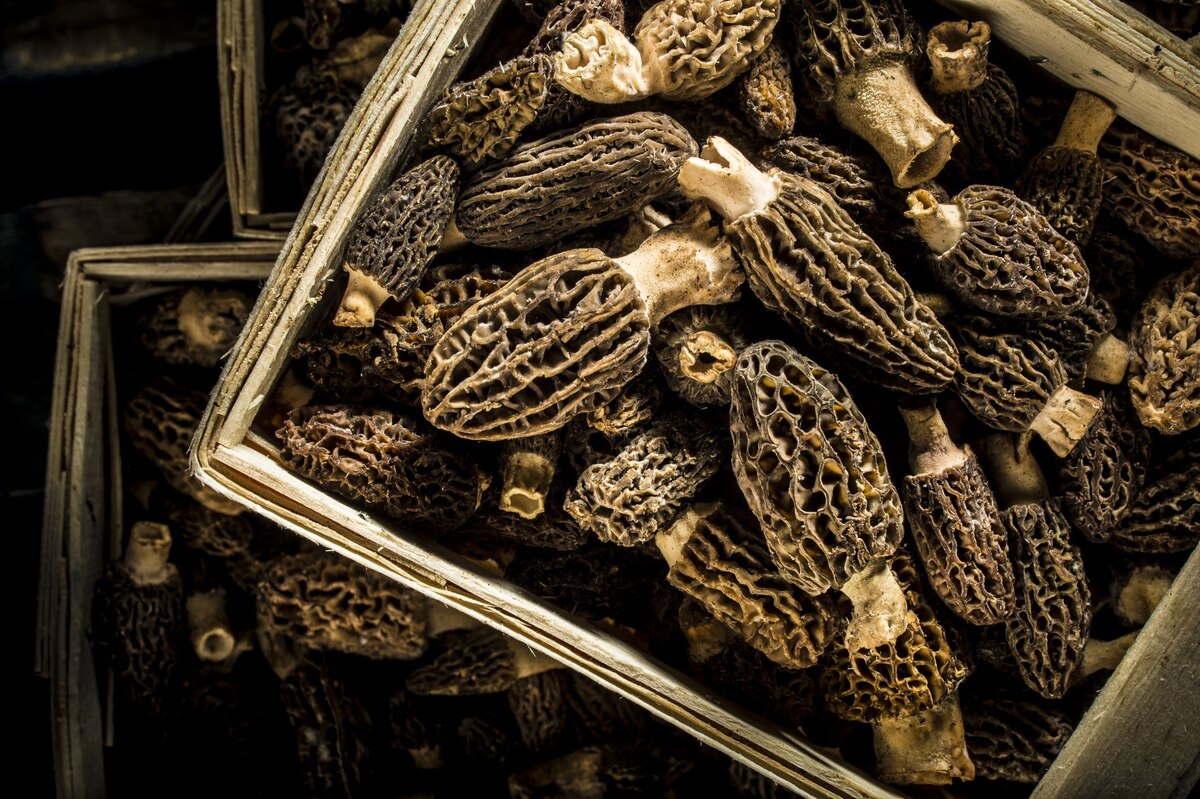
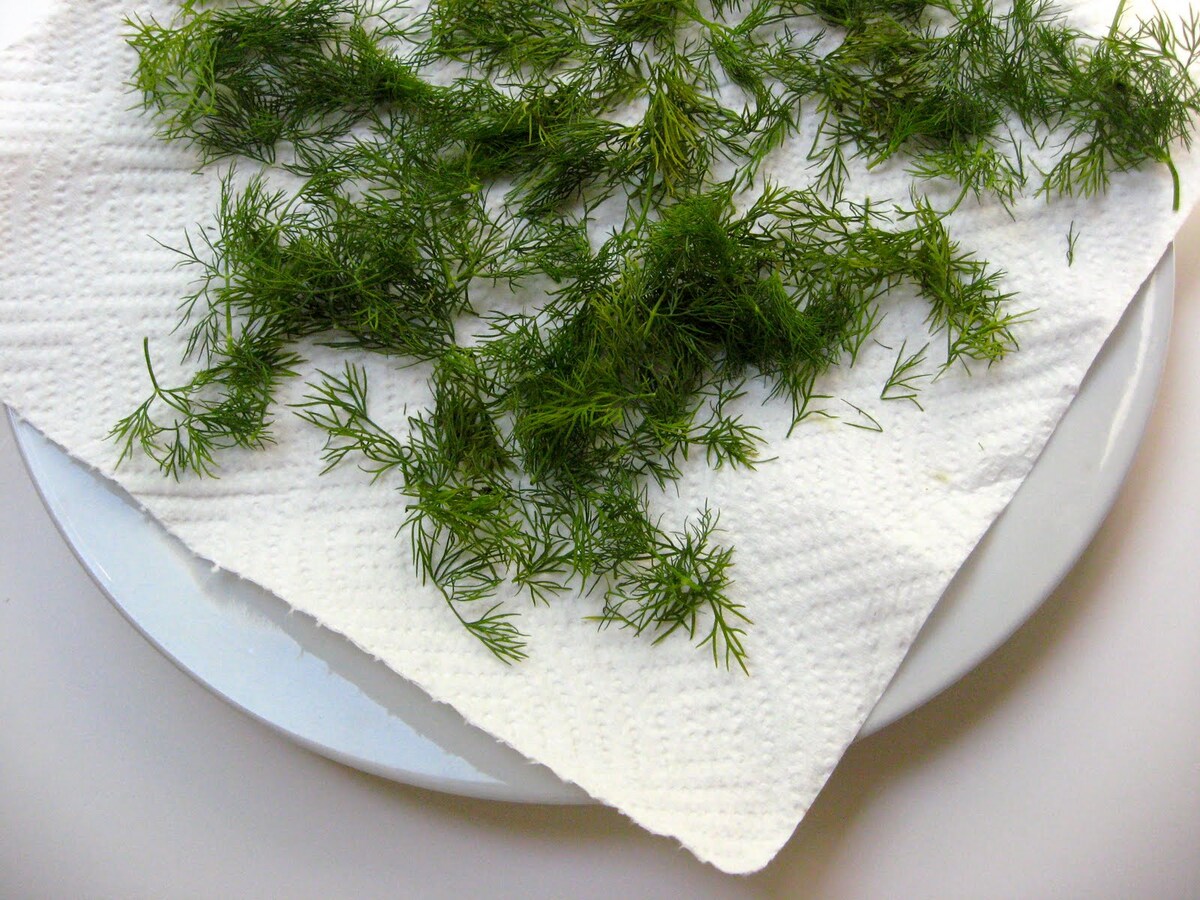
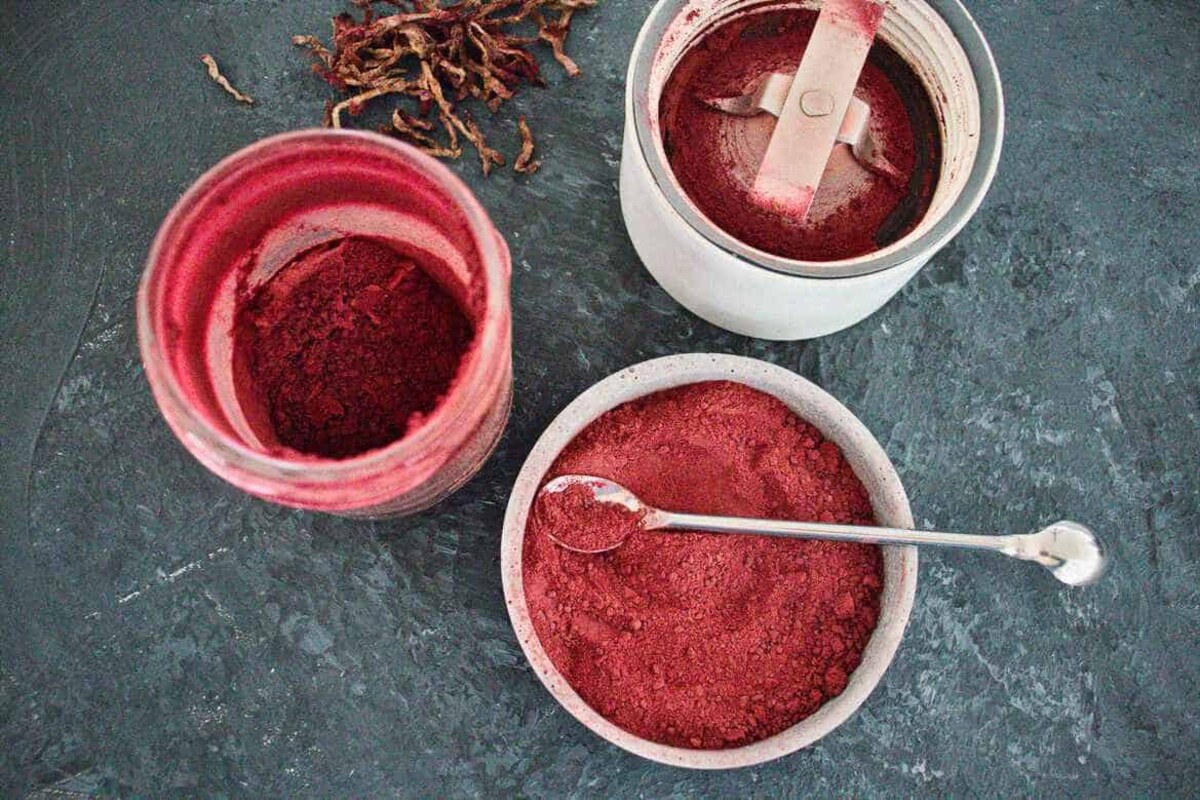
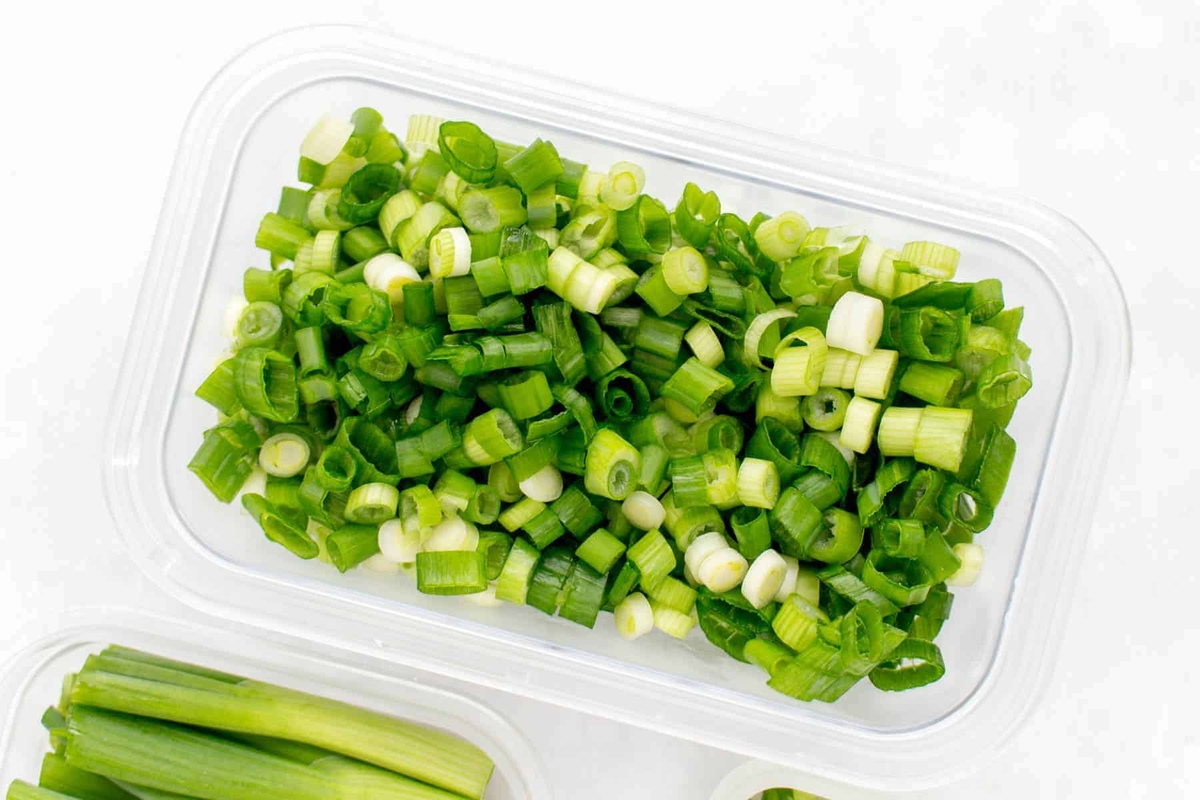
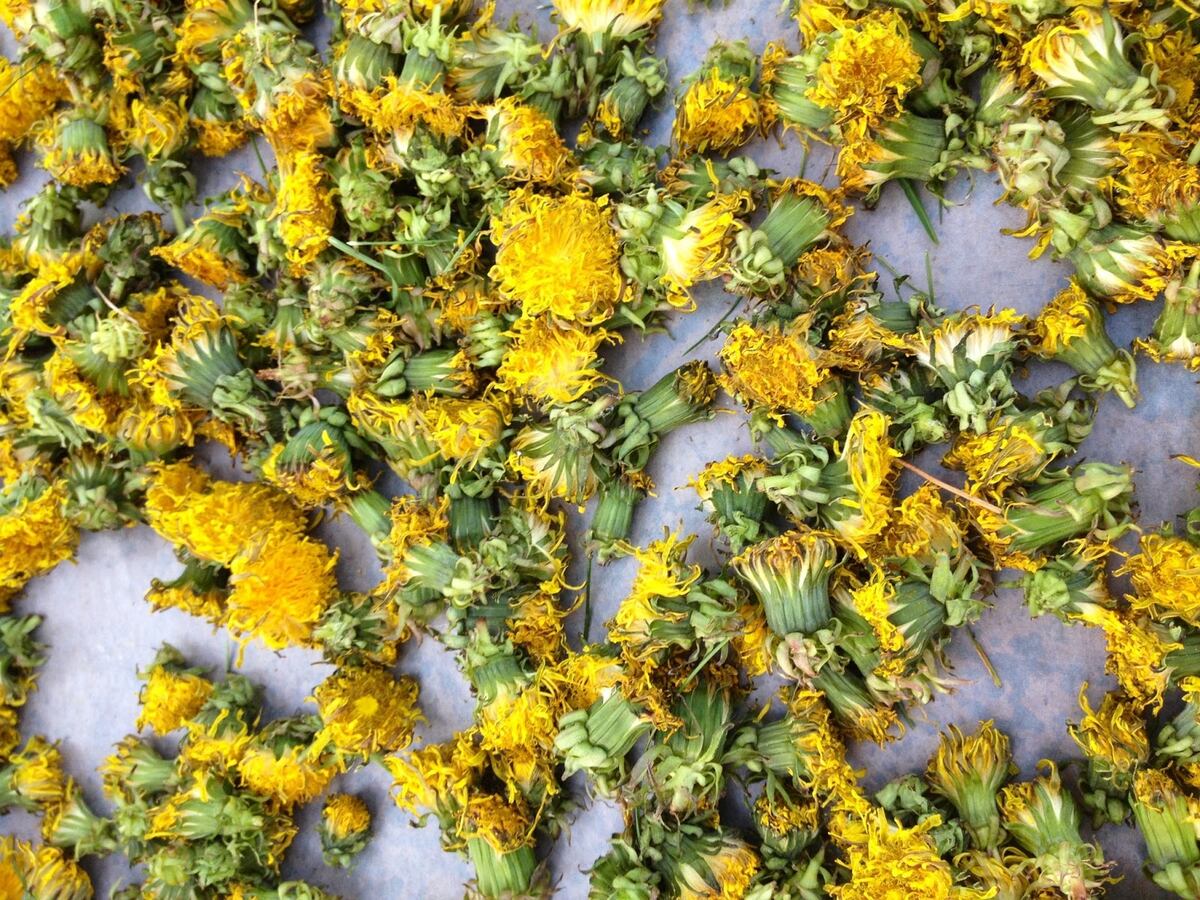
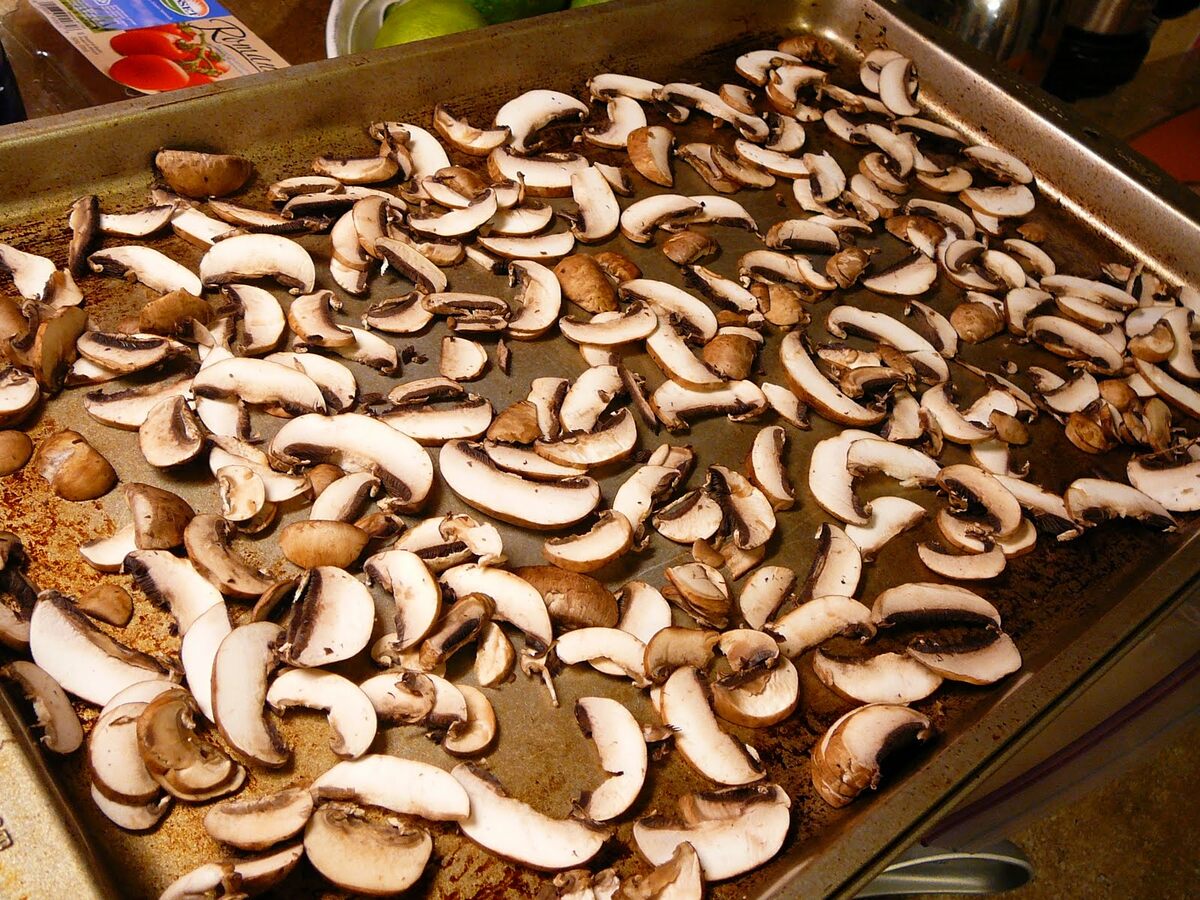
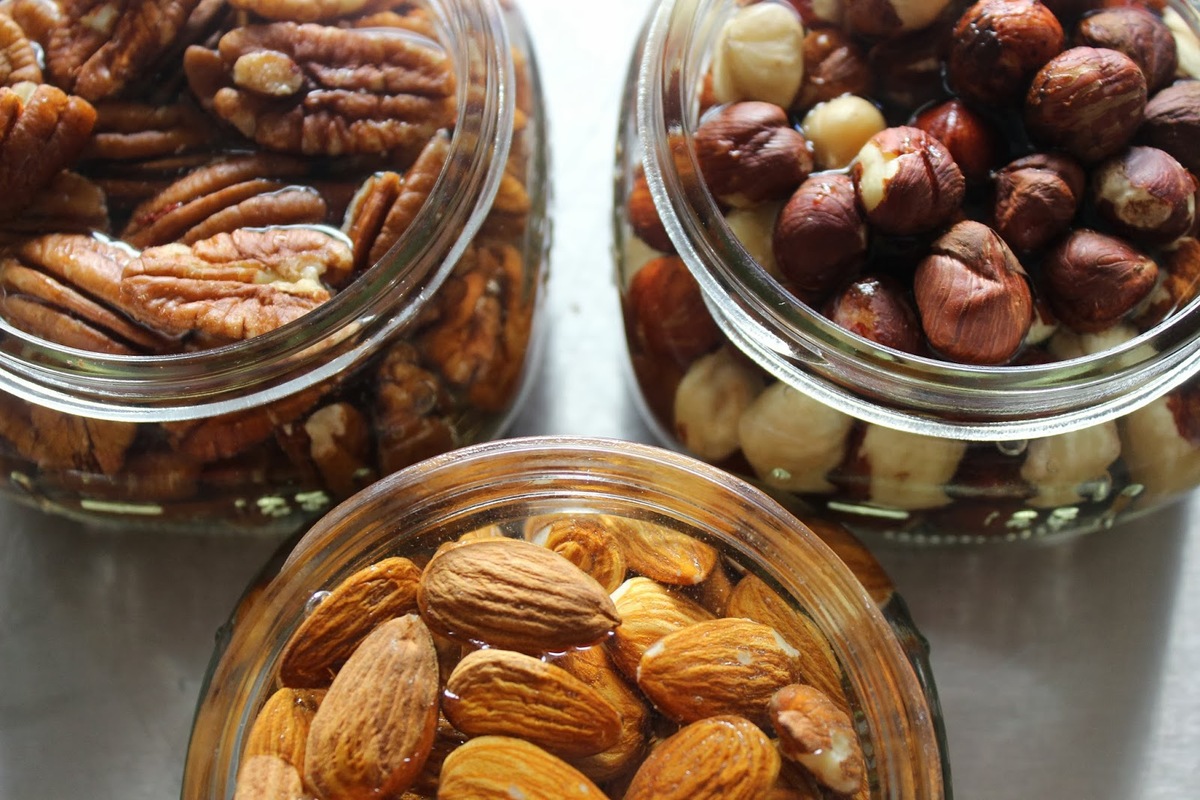

0 thoughts on “How To Dehydrate Jalapenos Without A Dehydrator”